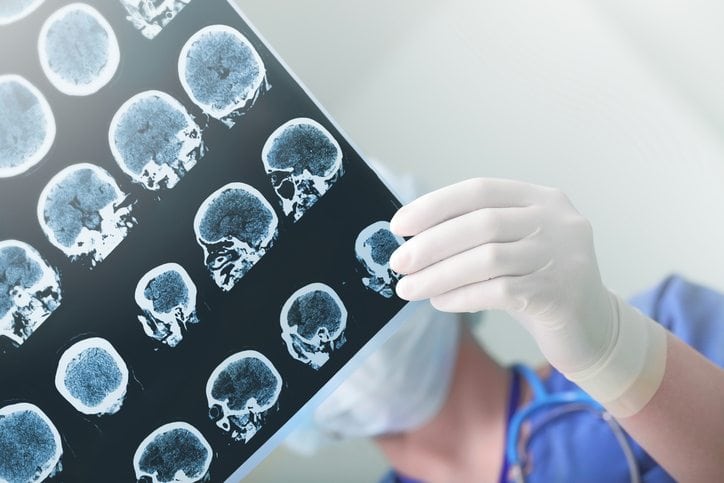<< Back
New Study Reinforces Expanded Window of Treatment for Stroke Patients and Protocols Already Established at Hartford HealthCare

January 25, 2018
A new study is offering more evidence that using advanced imaging technology can greatly increase the window of treatment and improve outcomes for many stroke patients.
The study, which was presented this week at the International Stroke Conference in Los Angeles and published in the New England Journal of Medicine, showed that select ischemic stroke patients recovered significantly better following a CT scan that uses a dye to show the damaged tissue, followed by clot removal and medical therapy compared to patients who received only medical therapy initiated up to 16 hours after the stroke. The new study, known as DEFUSE 3, follows a DAWN stroke study that showed the window of treatment could be up to 24 hours. Traditionally, the therapeutic window for ischemic stroke treatment was the first six hours after the event.
The DEFUSE 3 study, funded by the National Institute of Neurological Disorders and Stroke, examined 182 stroke patients in 38 medical centers.
Dr. Mark Alberts, Physician in Chief of the Hartford HealthCare Ayer Neuroscience Institute and world-renowned expert in stroke care, attended the conference in Los Angeles. He says Hartford HealthCare is well-prepared for this paradigm shift and has already begun offering the advanced protocol throughout the system.
“The results from the DEFUSE study are dramatic and reinforce what we’ve learned from the DAWN study. But it’s not a surprise to us.” says Alberts. “When DAWN was presented at the European Stroke Conference in May 2017, I don’t think it got the coverage it deserved. At Hartford HealthCare we took a very proactive approach when he heard about this and changed our system of stroke care.”
Under the protocol established at Hartford HealthCare, patients are screened using a tissue-based imaging technology call RAPID that pinpoints the area of damage caused by the stroke, locates salvageable area of brain tissue and establishes a time window for treatment. Patients are transferred to Hartford Hospital if they are candidates for advanced treatment.
“This is great news for our patients. In the past, if someone went to bed and was neurologically normal and woke up the next morning after having a stroke, we had no treatments to offer. Now we do. And, these treatments greatly increase the chances of recovery and a return to a normal or near normal life for the patient,” Alberts says.
Dr. Alberts is hosting a free educational seminar “Understanding Stroke: What are the Warning Signs & Prevention” on Tuesday, March 6 from 5–7 p.m. at the Southington Care Center at 45 Meriden Ave. in Southington. Call 1.855.HHC.HERE (1.855.442.4373) or visit HartfordHealthCare.org/events to register.